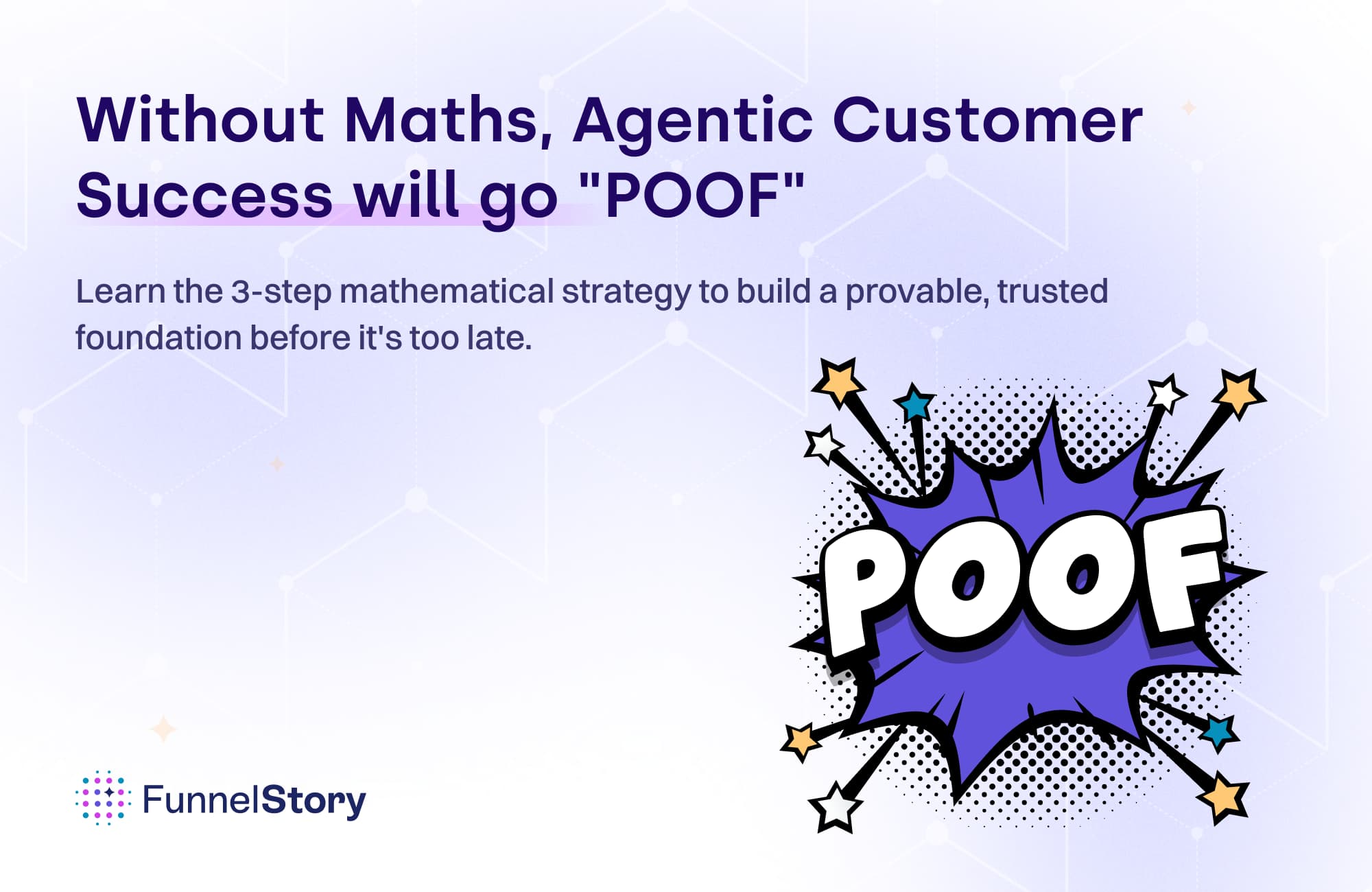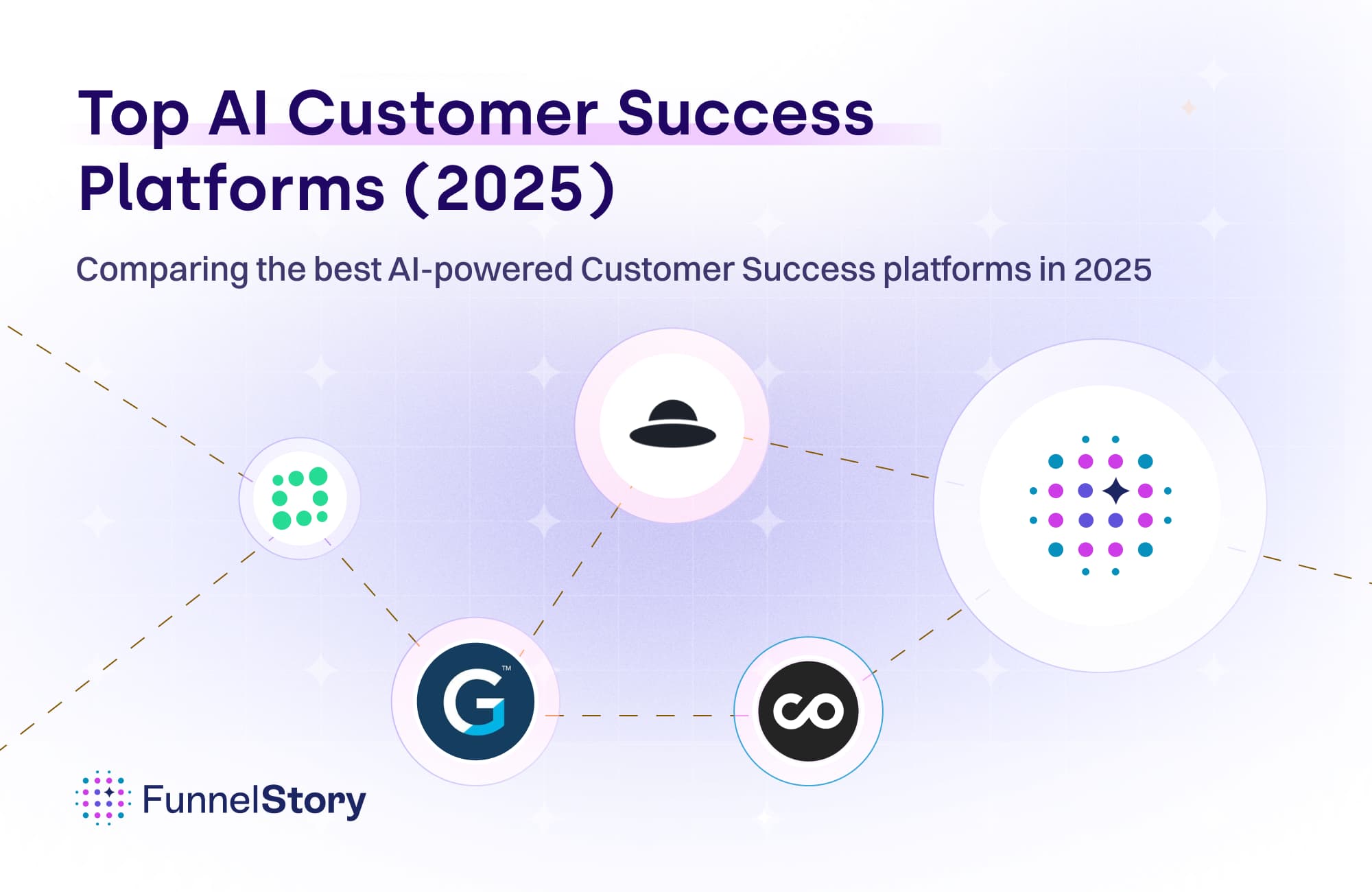In this article
Sales Leaders Need More Answers and Fewer Reports
Today sales leaders are drowning in dashboards, spreadsheets, emails, and meetings. What they ultimately need is fewer updates (reports) and more answers (revenue intelligence)

By Alok Shukla
Cofounder and CEO
Aug 30, 2023
4 min read
In 2013, Google Glass burst onto the scene with an audacious promise of revolutionizing the way we perceive the world—quite literally. Yet, despite the hype and immense potential, the product found itself stranded in the chasm between concept and execution. The challenge? An overabundance of data but no answers. The team was practically drowning in data and feedback but parched for insights and guidance. Google’s example underscores this pervasive issue—a phenomenon of having all the resources in the world: countless data sources, reporting tools, and data points, but an inability to piece them together into actionable insights.
This isn't a hardware-exclusive dilemma; it's a universal head-scratcher. More so for SaaS tools since they create millions of data points as customers scroll and click. If you've been there too, welcome to the club of folks who need answers, not just reports.
Drowning in data, not answers
On average, companies use 110 SaaS tools. How do most companies end up in this situation? Simple. SaaS tools have empowered organizations with the capabilities needed to drive productivity, improve customer interactions, and achieve better results in a competitive market. The unfortunate downside is that we’re all drawing data in.

In a bid to be data-driven and steer the proverbial ship toward success, each team is responsible for sifting through their SaaS tool’s analytics dashboard, reports, charts, and metrics - trying to make sense of the data. But teams are usually left with more questions than answers.
On occasion, product and data teams, armed with their own aggregation and visualization tools, are brought in to help make sense of other teams' data. But there’s another problem here. Tools built for data teams don’t usually fit the needs of other functions. Why? Simple. Because each team's needs are very different, and tools built for one function don’t work well for another. That’s why a company like Gong isn’t selling to your product team.
No one feels this pain more than sales, especially during product trials. Sales teams need to be nimble in their decision-making, swiftly adapting to changing market dynamics and customer preferences. Without the ability to tap into real-time buyer intent signals, they are forced to operate with incomplete information, limiting their ability to close deals.
The need of the hour is a shift from voluminous reports to direct actionable insights and answers.
Your CRM misses the mark
It’s common today for sales teams to rely on their CRM as their source of truth for tracking wins and losses. But CRMs have a major intelligence gap - they don’t aggregate with your product and conversational data.
CRMs are primarily designed to serve as repositories for tracking deal progression and capturing manual activities. They might also be one of the worst offenders of spewing charts and data your way without any real meaning, so much so that most companies need in-house CRM experts to manage these massive databases.
The goal of most selling organizations is to become more data-driven and predictive. This requires understanding customer behavior patterns, identifying trends, and using them to forecast future actions.
But again, CRMs are not inherently equipped to provide this kind of nuanced analysis. Great at telling you what stage the customer is in, bad at predicting if the deal will close.
Why retrofitting analytics tools for sales teams fails
As we mentioned earlier, sales teams will take another approach to plug their data gaps and become even more data-driven. It’s a quick email from the CRO to the CPO to help his/her team access critical product data - where buyer intent is surely hiding.
What transpires is an effort to retrofit the data team's set of product analytic tools to aggregate and visualize this data for the sales team. But this just doesn’t work.
Data teams primarily engage in prescriptive and diagnostic user analytics, aiming to validate product assumptions and drive improvements for enhanced user experiences. Sales teams require predictive and prescriptive analysis at the account level. They seek answers to specific questions, such as the account activity by funnel stage, median time for account progression, obstacles within the funnel, success probabilities for trial/adoption, conversion indicators, engagement timing, and strategies to advance accounts that are stuck.
Simply put, product analytic tools weren't built to provide these insights. Your sales team needs a purpose-built tool.
Empower your sales team
At FunnelStory, we're not just talking the talk, we're walking it too. From day one our goal has been to provide revenue leaders with more answers and fewer reports. That’s why we’ve built real-time revenue intelligence into FunnelStory that leads to action and impact during product trials. We know what it’s like to waste time moving from tab to tab in an effort to make sense of all the data at your disposal.
Sign up here to connect with our team and we can show you how FunnelStory transforms the way you harness product data for sales excellence.



